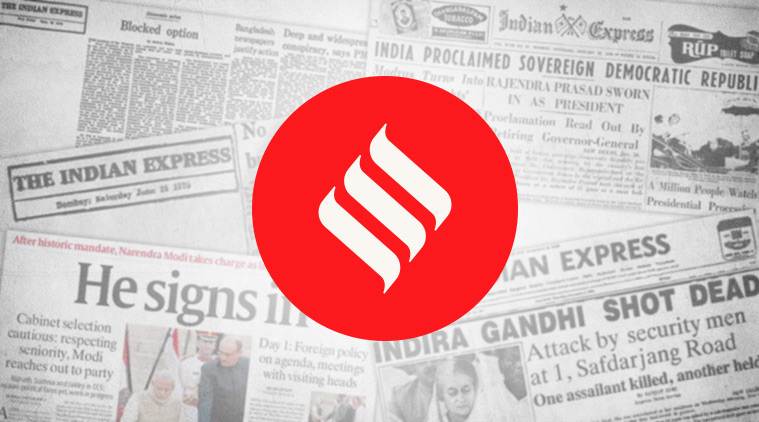
The state government-backed Kerala Infrastructure Investment Fund Board raised Rs 2,150 crore from the international markets last week through a Masala Bond offering, which is essentially debt issued to overseas investors in rupees or the local currency. The listing of these bonds on the London Stock Exchange, with the state’s chief minister and his team in attendance, marks a first for an Indian sub-sovereign entity, though other private Indian corporates and some Central PSUs, too, have in the past taken the same route. The symbolism of a Left-led government making this move has certainly not been lost on many, as also the coupon or interest rate on these bonds, which at 9.723 per cent for five years, appears to be high when benchmarked to the yield on the ten-year government bond which is now 7.36 per cent. A rupee offering — Amaravati Bonds listed on the BSE last year by the Andhra Pradesh Capital Region Development Authority — backed by the state government there helped raise Rs 2,000 crore at a coupon rate of 10.36 per cent for 10 years. The initial investor response to these two bonds in two different markets is sure to encourage other state governments to join the bandwagon.
Borrowings by these Special Purpose Vehicles provide an off budget mechanism or escape clause to states to circumvent the restrictions imposed on borrowings both in India and abroad, especially after the FRBM law came into force. For many investors, these are attractive pickings, as these borrowings are guaranteed by the state governments and with the comfort of escrow mechanisms. To be fair, after the higher resource transfers, following the 14th Finance Commission’s recommendations, much of the burden of building and developing infrastructure entailing huge capital expenditure and with a longer payback period has fallen on states. That has been amplified by the slowdown in the economy and the consequent decline in revenues. Commendable as the recent effort by states such as Kerala or Andhra Pradesh to diversify their sources of funding is, however, the spate of borrowings by sub sovereign entities also serves to highlight the potential risk of rising contingent liabilities of many states. What has fuelled concern is not just the growing recourse to off budget borrowings both at the federal and state levels in India, but the lack of transparency and classification of risk related to these explicit liabilities and the lack of adequate provisions for future repayment.
The BoP crisis of 1991 forced policy makers to change tack and adopt a prudent course on external sector management, marked by a record of no sovereign default. For the new government, the challenges posed by the banking sector and NBFCs or shadow banks may well be on top of the economic agenda. But equally, the issue of rising internal debt and contingent liabilities should gain increased attention. Both are critical to the country’s financial stability.